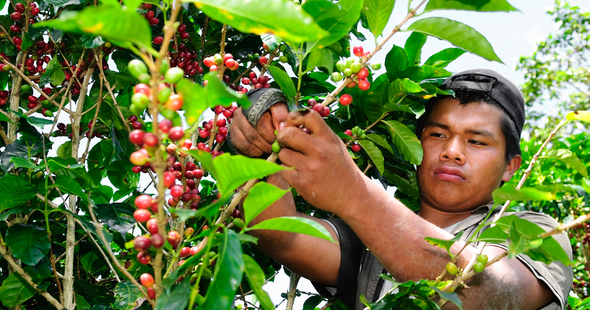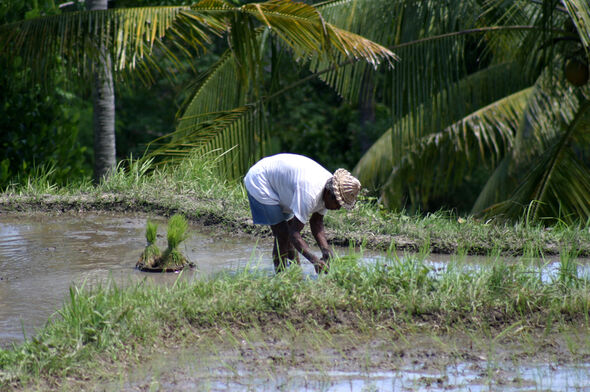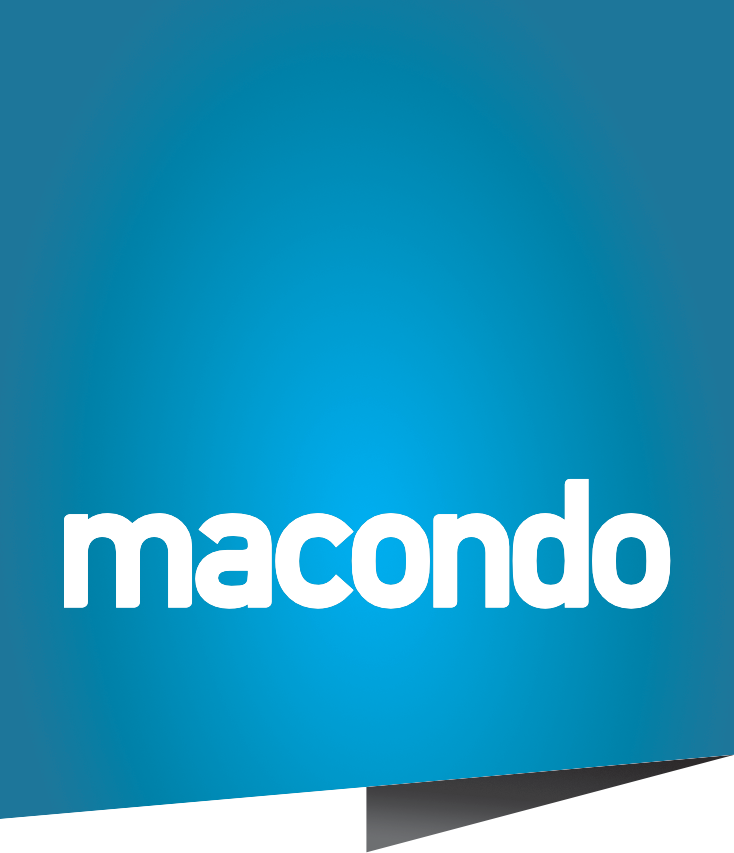Olam’s AtSource and its impact on resilient supply chains
Ensuring a sustainability-focused supply chain management, one that is focused in its efforts to drive positive change, is becoming the new business norm. Increasingly, suppliers and customers are becoming interested in how their products are grown, produced, manufactured and delivered. Keeping this demand for transparency in mind, Olam International has initiated its AtSource venture to help ensure more resilient supply chains for its products.
09.12.2019
There is an aversion to use any product whose supply chain that does not adhere to a sustainability point-of-view; therefore, products without purpose are becoming a source of loss for businesses, both monetary as well as in terms of goodwill. Developing upon this requirement, AtSource has produced certain matrixes that help suppliers and customers connect with any part of their products’ supply chain, “from field to factory gate”, as the venture’s website mentions.
What is AtSource by Olam?
“What makes us unique is that we are a purpose-driven company and we are really engaged in all aspects of our supply chains,” explains Roel van Poppel, CEO AtSource, while discussing Olam International. “This means that we are dealing, directly or indirectly, with around 4.8 million farmers. Our work has made us realize that we really need to focus on sustainability in all aspects.”
While sharing the rationale behind initiating the AtSource venture, Mr. Van Poppel further continues, “However, while we maintained our commitment to a resilient supply chain, we were not linking this to our customers, who are primarily farmers and suppliers. The end-users of our customers, i.e. the consumers, have been asking for much more transparency and responsibly-produced products, which our customers had been struggling with to deliver. AtSource basically fulfils this need, to ensure that our customers can provide goods that are responsibly-produced and sustainability focused, to their consumers.”
How does AtSource operate?
As the global population continues to increase, the agriculture sector is more and more relied upon to feed, clothe and shelter this growth. However, in the face of meeting this challenge, it is also important that agricultural businesses maintain the codes of conduct required from them to be environmentally-friendly. Over the past few decades, negative impacts of agriculture have resulted in soil erosions, water and air pollution, and use of chemicals to increase growth, leading to harmful side effects in health and nutrition. Moreover, some agri-businesses have ignored labour laws or quality control of their products, thus leading to low-par end supplies. However, as time continues to slip away, and the 2030 Agenda looms nearby, it is important for all sectors – particularly agriculture – to have a responsible outlook on what is being produced and how sustainable its production is for the planet.
“We strive to report on very concrete matrixes, on key sustainability topics that we call “material areas” which are directly linked to our customers’ supply chains,” shares Mr. Van Poppel. With 19,800 customers from multi-national companies to small-scale businesses, dealing in a wide variety of products ranging from nuts and spices, confectionery and beverage Ingredients, packaged foods, industrial raw materials, and commodity financial services, Olam’s portfolio is significant. It makes sense, then, for such a major company to have a venture like AtSource that not only helps Olam in doing their share for the environment, but also ensures that its customers are following protocols and producing responsible products.

What has been the impact of AtSource?
“AtSource began in April 2018, where we launched a preliminary version of it, to test its efficiency with a small group of customers and their supply chains. After getting promising results, we have started rolling this venture out step-by-step to other Olam customers, since the beginning of 2019. Even just at the rollout stage, AtSource has created a massive impact. For example, only in coffee, we operate around 20 supply chains. So there are a lot more products that this rollout needs to cover just under Olam’s banner. All our customers who have been part of this rollout have mentioned that AtSource is the most granular, measurable, concrete and transparent solution that they have seen thus far,” shares Mr. Van Poppel while discussing the impact AtSource has had just in its initial few years.
Where will AtSource be in the future?
In terms of what future plans AtSource and Olam have in store, Mr. Van Poppel talks about broadening the scope of AtSource by including all of Olam’s physical product streams on it by 2022. “We want to drive positive sustainable impact and we want to take our customers with us that journey. We believe that certification, in itself, is too static and non-customizable; therefore, verification of own schemes is the way forward,” he added.
“We are also going to introduce an aspect called ‘Trends Data’, which will show year-on-year progress on how our supply chains are scoring on the sustainability matrixes. This will increase the popularity that AtSource already enjoys, with our customers asking us to use the AtSource logo on their products as a way to ensure the credibility of their supply chains,” Mr. Van Poppel explains.

However, ensuring that all aspects of the supply chain are focused upon and its details are shared holistically, in the essence of transparency, is no easy task. “We are gathering an enormous amount of data; making sure that data integrity is captured and guaranteed is of utmost importance for us. In order for this to happen, we need boots on ground – people who can train farmers upon the requirement of our matrixes and be very close to that first phase of the supply chain. That is one of the key aspects, and thus the most difficult to enable accurately,” mentions Mr. Van Poppel.
“Moreover, no two supply chains are the same. Keeping our range of products in mind, our supply chains are diverse, and so are the sustainability risks and topics that we need to keep in mind. This requires a lot of customization, which we have been learning to do,” he iterates.
Can be useful AtSource beyond Olam?
“We are currently reporting 105 matrixes, and these are dynamic and ever-changing, keeping our supply chains in mind. If one wishes to apply the AtSource model, one should be willing to understand all aspects of the supply chain, from start to finish. Moreover, one should not resist collaboration; you should be willing to reach out to customers and suppliers, and also to other partners. These partners can be communities, governments or financial institutions. These partnerships are essential to really drive high-level impacts. Lastly, one really ought to be purpose-driven. You should not want to do greenwashing; purpose has to be embedded from the top and incorporated in the entire company – as it is with Olam. AtSource only works when one has purpose and the will to open their kitchens, so to say, in the name of transparency,” shares Mr. Van Poppel to highlight some of points needed to employ such a dynamic transparency model.
Transparency is here to stay. Consumers demand it more and more now. All actors in the supply chain need to work together to deliver on that demand.


